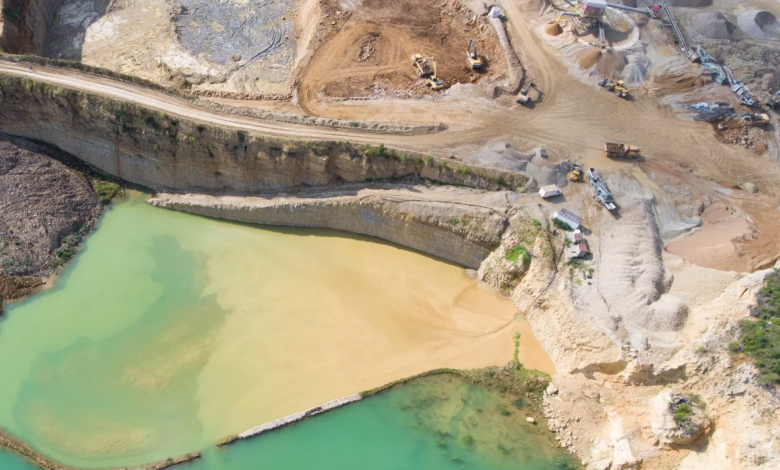The EU pays millions of euros for green mines projects, but gives them to those who destroy the environment

Names and numbers in the Investigate Europe survey
– Tens of millions of euros paid by the EU for projects of “green mines” end up in the coffers of mining companies accused of pollution and environmental abuse. Through the research funding programmes Horizon 2020 and Horizon Europe, he would have given these funds lightly to accelerate the pace of critical raw materials. This is supported by an investigation by Investigate Europe.
Since 2014, the EU has financed 95 of these projects. For a total value of 667 million euros. In some cases, the flow of money has fattened the coffers of companies that have or have had problems with environmental and pollution crimes related to their mining activities. Both in Europe and in other parts of the world.
Green mines and environmental damage
According to the investigation, the analysis of Horizon funds for green mines reveals striking cases. Like the Cobre Las Cruces SA mining company. The first legal problems for the company date back to 2008 and in 2016 the Seville court sentenced its management to 1 year in prison and almost 300 thousand euros of fine. Two charges have been brought: arsenic contamination of the aquifer near one of its copper mines and extraction of a volume of water greater than the permitted volume.
Yet, between 2015 and early 2016, the EU awarded Cobre Las Cruces with €7.8 million for the INTMET project, of which the company was the coordinator. The goal stated by the team of researchers and industry? “Maximising metal recovery yield and minimising energy consumption and environmental impact“.
This is certainly not the only case where Brussels seems to have neglected to consider the criminal records of participants in the approved Horizon projects. The French Eramet has received 1.9 million euros for 4 Horizon projects and, at the same time, is under accusation for environmental damage to lands and forests of Indonesian indigenous communities, linked to the development of Weda Bay, the largest nickel mine in the world.





